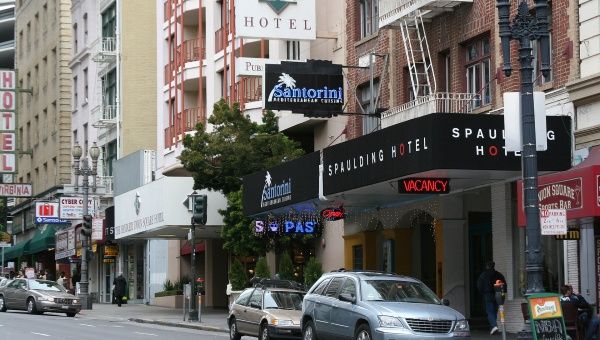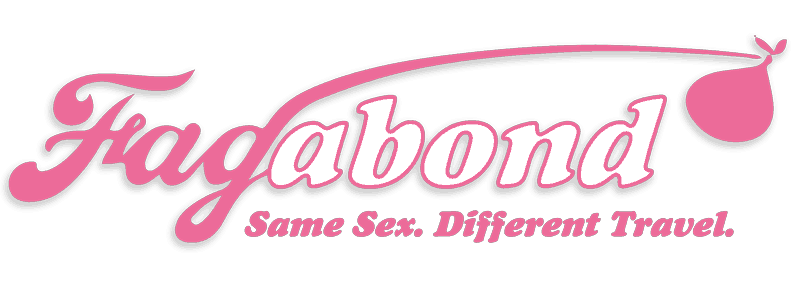
As a result of four decades of successful community organizing around housing issues, this 31 square-block area has safer streets, more neighborhood oriented small businesses, pocket parks and art displays.
When British sociologist Ruth Glass first coined the term “gentrification” in 1964, she was describing the process of displacement already underway in London as poor and working class people got forced out of their traditional urban neighborhoods due to an influx of higher-income renters and home-buyers. In the U.S., no city is more closely identified with this same trend than San Francisco, now one of the most expensive housing markets in the country.
Not long ago, San Francisco had many blue-collar neighborhoods, that were affordable and provided easy access to working class jobs. Now, as housing lawyer and community organizer Randy Shaw notes in his new book, The Tenderloin: Sex, Crime and Resistance in the Heart of San Francisco (Urban Reality Press, 2015), much of the city is “virtually off-limits to all but well-heeled residents.” Since 1990, its black population has decreased by 44 percent—more than any other major U.S. city. African-Americans, along with a growing number of Latinos employed in the service sector, have been pushed far beyond the city limits in search of housing they can afford.



